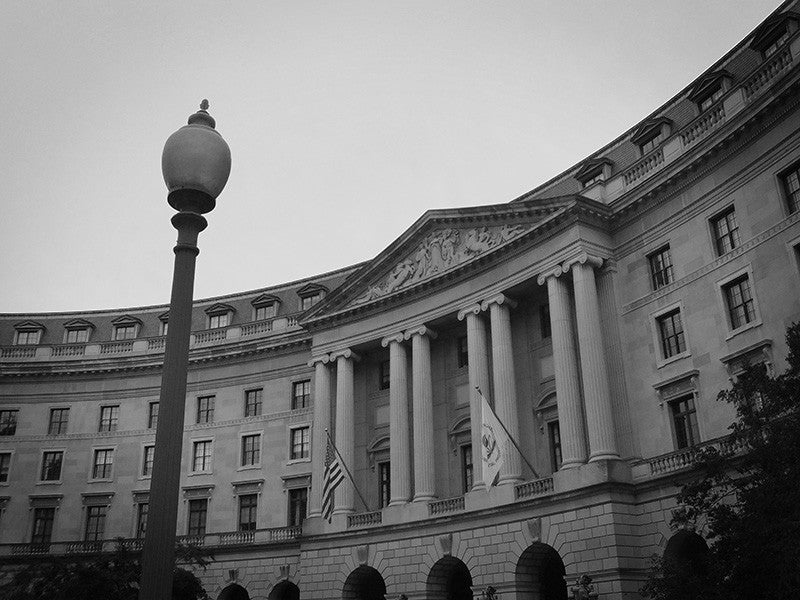Court Rules that EPA Unlawfully Evaluated Chemical Risks to Communities
Victory
—The agency must now make important changes to consider the full range of exposures and risks
Contact
Last week, the 9th Circuit Court of Appeals issued a ruling for Safer Chemicals Healthy Families, et al v. U.S. EPA that will control key aspects of how the Environmental Protection Agency (EPA) evaluates the risks of chemicals under the federal law known as the Toxic Substances Control Act (TSCA). TSCA was enacted to give EPA authority to look comprehensively at the hazards associated with chemicals in order to prevent harm to health and the environment through regulation of chemicals that pose unreasonable risks. Nonetheless, the vast majority of chemicals in commerce have never been reviewed by EPA for safety and remain unregulated.
This near-total failure to address chemical risks led Congress to amend TSCA in 2016, establishing a mandatory process to systematically evaluate and manage the risks of existing chemicals. To implement this new mandate, Congress required EPA to issue two rules, known as the Framework Rules, establishing the processes by which EPA will prioritize chemicals for risk evaluations and then conduct those evaluations. These rules were adopted by the Trump administration, under the direction of a former chemical industry lobbyist, in order to stack the deck in favor of chemical companies. This lawsuit challenged the legality of the Framework Rules, seeking to ensure that EPA’s approach to chemicals protects people and the environment, not chemical company profits. The court postponed decision on some of the issues in the case, and issued critical rulings on others.
As a result of last week’s ruling, EPA must make important changes into how it is evaluating chemical risks, compelling it to consider the full range of ways that people may be exposed to harmful chemicals. First, the court ruled that EPA’s risk evaluations must be based on the ways people are being exposed to and harmed by chemicals still in use and still being disposed of, even if certain products containing the chemical are no longer being newly manufactured. For example, EPA must now take into account the risks to construction workers and firefighters demolishing or repairing buildings with asbestos in them, and the risks to children from drinking water contaminated by lead pipes (even though asbestos and lead are no longer made for these purposes).
Second, the court held that EPA’s rules “unambiguously do not grant EPA the discretion” to exclude exposure pathways from its risk evaluations. This means that EPA cannot pick some of a chemical’s uses to evaluate, and ignore others. While this case has been pending EPA has been conducting risk evaluations of ten chemicals, including asbestos. Preliminary documents show that EPA has been ignoring a wide range of chemical exposures, like workplace exposures and exposures to chemicals from drinking water. Under the court’s ruling, EPA’s rules do not give EPA discretion to ignore those uses, and EPA must therefore revamp its current approach and consider all of a chemical’s uses in each risk evaluation.
Statement of Eve Gartner and Tosh Sagar, attorneys at Earthjustice:
“The Court’s ruling means that the Trump administration’s attempt to stack the deck in favor of the chemical industry with a risk evaluation process that ignores the reality of how people are exposed to toxic chemicals has failed. EPA now must follow the law and assess real-world chemical risks, based on all exposure pathways, and restrict the chemicals that pose unreasonable risks based on this exacting review.”
Earthjustice filed this case on behalf of: Alaska Community Action on Toxics, Environmental Health Strategy Center, Environmental Working Group, Learning Disabilities Association of America, Sierra Club, Union of Concerned Scientists, and We Act for Environmental Justice. Additional petitioners in the consolidated lawsuit include: Natural Resources Defense Council, the Alliance of Nurses for Healthy Environments and Cape Fear River Watch, United Steel, Paper and Forestry, Rubber, Manufacturing, Energy, Allied Industrial and Service Workers International Union, AFL-CIO/CLC, Safer Chemicals, Healthy Families, Vermont Public Interest Research Group and the Asbestos Disease Awareness Organization and, the Environmental Defense Fund.

Additional Resources
About Earthjustice
Earthjustice is the premier nonprofit environmental law organization. We wield the power of law and the strength of partnership to protect people's health, to preserve magnificent places and wildlife, to advance clean energy, and to combat climate change. We are here because the earth needs a good lawyer.